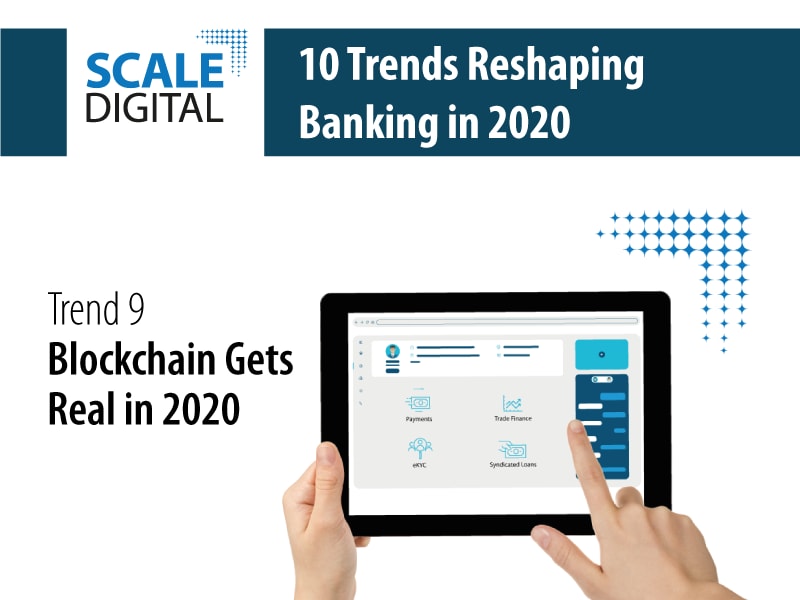Home > Blogs > Blockchain and possible impact on currency handling
Blockchain and possible impact on currency handling

Blockchain as the name implies refers to forming a chain of blocks with each block consisting of multiple records. These records could be bank transactions, population details, weather data and so on. The key feature of Blockchain is that its data is cryptographically encoded using mathematical algorithms by a process called “Hashing” to generate a unique hash number for each block. Further to this, each block is linked to the previous block by using the previous block’s hash number to generate the present block’s hash number. This means that if the data in any block is tampered with, it immediately reveals itself as the hash number linkage to all subsequent blocks is be lost.
Each block preserves the identities of transacting persons by way of another cryptographic scheme called public-private key. In this scheme, a key generating program at the transacting person’s end generates two keys, a private key and a public key and then encrypts (or digitally signs) the transaction with the private key. The public key is broadcast to everyone on the network who can verify the authenticity of the message details using the public key. The public key constitutes the identity of the transacting person.
Transactions which are verified for all details are clubbed together to form a block and are added to the chain by special nodes on the network called miners. Miners, which are powerful parallelized computers, compute the hash of the block by a computationally intensive process called mining and once hash is computed per specifications, the block is added to the chain and the chain keeps growing. There is no administrator or central node to own the blockchain as such and hence the cost of ownership is next to nil. Also it is impossible for hackers to break into a blockchain based ledger as the hackers generally target vulnerabilities on a centralized server.
Blockchain leads to the concept of digital currency or crypto currency of which Bitcoin is a good example. There are other lesser known currencies including Ethereum, Ripple Litecoin etc. and more are in the offing. The more important question is how can crypto currencies which have no intrinsic value as in the case of gold or real estate be justified or linked to government mandated fiat currencies? Bitcoin for example rewards the miners with bitcoins for adding blocks to the blockchain and also puts an upper limit on the amount of bitcoin that can ever be produced.
The value of a nation’s currency is determined by its trade volumes, natural resources and overall state of its economy and its people. Ever since human beings gave up the barter system and adopted the currency system, different country currencies have freely fluctuated against each other in market economies run without true government interventions. But since we live in a digital age it is only a matter of time before even currencies go digital, and definitely with sanction from governments and central banks, the world over. The concept of digital currency is partially facilitated by using payment instruments and electronic payments controlled by regulators. The introduction of digital currency might remove the fake currency grey market and a parallel economy which is running. But it remains to be seen how these crypto currencies will be linked to existing currencies especially in terms of value.
In the event of all transactions completely going digital, it is not infeasible to think that digital currencies will be the order of the day sometime in the future. Also since a lot of world’s wealth today still exists in books and bank accounts without being realized in hard currency, moving into crypto or digital currency regime won’t be farfetched. But when it comes to determining their value and hence the amount in circulation, central banks and governments will have a hard time. The risk factors and other regulatory aspects need to be worked out before arriving at a conclusion on the acceptance of crypto currencies world-wide.


Santhy Sreedhar
Principal Consultant, Infosys Finacle
More blogs from Santhy Sreedhar >